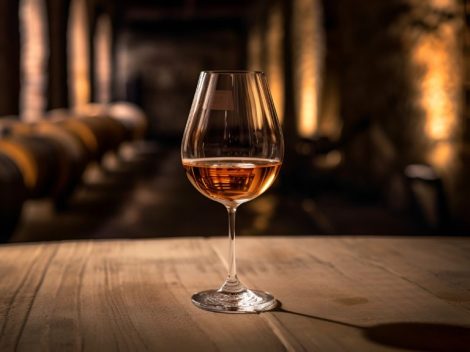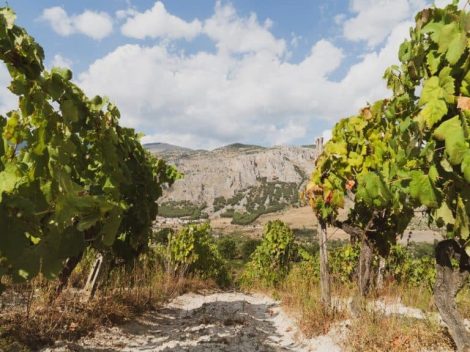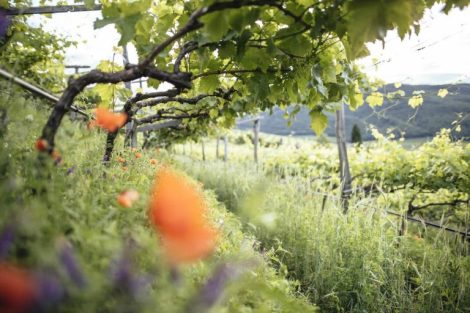Perhaps it is because the Armenian people have endured the worst— the genocide of 1915, the Soviet dictatorship, and the recent loss of Nagorno-Karabakh, a wound still fresh— that the energy emanating from the wine world continues to grow, persist, and defy historical setbacks. Over the past five years, the industry has literally exploded: planting vineyards, opening wineries, producing wine, offering tastings, and welcoming tourists has become a profitable investment. It’s also seen as trendy, modern, and Western. This is evident in the capital Yerevan, where wine bars like *InVino* (offering 600 Armenian labels), Decant WineShop&Bar (a cosy spot on Moskovyan Street), and Mov (a design-forward restaurant featuring an extensive selection of native labels) are flourishing.
A millennia-old heritage amidst geopolitical risks
The numbers don’t lie: in Armenia, the number of wineries has increased sixfold, from 25 in 2019 to 150 by September 2024— with even more likely sprouting in the meantime. Most of these are small producers, often tiny operations crafting a few thousand bottles, sometimes only hundreds.
This is a success story, albeit one clouded by the uncertainty of geopolitical developments. For Armenia, this means dealing with difficult neighbours and international conflicts. The small republic, with a population of 2.7 million and the world’s first Christian nation (301 AD), is located in the South Caucasus.
To the east lies Azerbaijan, which in 2023 captured the last strip of Nagorno-Karabakh following two wars that erupted after the collapse of the USSR, of which both countries were a part. To the west is Turkey, with frosty relations and closed borders since the “denied” genocide of 1.5 million Armenians under the Ottoman Empire. To the north, fortunately, is Georgia, offering healthy competition solely in winemaking. To the south is Iran, with good commercial and diplomatic relations, but hardly the safest place at present. Incidentally, a significant portion of Armenia’s international tourists come from Tehran— Iranians who can drink “freely” here. Add to this the influence and interference of nearby Russia— Armenia’s largest importer, accounting for 80% of its wine exports— and it becomes clear that controlling one’s destiny is more aspiration than reality.
“War is a constant concern, even for viticulture, because many vineyards are located near the borders, making it very dangerous to tend to them. There’s also the uncertainty of whether we’ll be able to keep them in the future. However, we are strong, maintain the right spirit, and continue to do our best. We are confident our projects will succeed,” says Zaruhi Muradyan, director of the Vine and Wine Foundation of Armenia (VWFA). She spoke during the 8th International Wine Tourism Conference, organised by the United Nations (UN Tourism) in Armenia this past September, where wine tourism is an emerging post-COVID phenomenon.
“It didn’t exist before,” notes Muradyan, who is also a winemaker with the small *Zara Wines* and a leading figure among a burgeoning movement of Armenian women in wine. The VWFA is a government agency established in 2016 to promote the country’s wine revival, which began in the early 2000s thanks to investments from wealthy members of the Armenian diaspora (eight million globally). A prominent example is the “Argentine” entrepreneur Eduardo Eurnekian, owner of *Karas* (“Amphora”), with 400 hectares in the Armavir wine region overlooking Mount Ararat— the “sacred mountain” that has been within Turkish territory for a century— and wine consultancy from Michel Rolland.
Natural wines and tourism: Armenia looks ahead
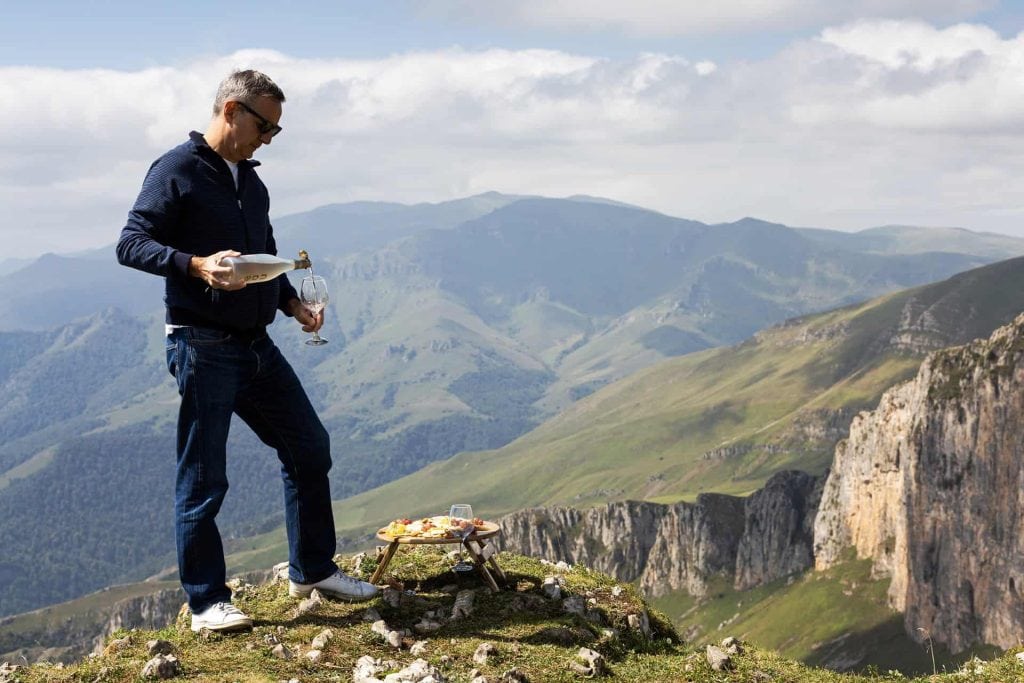
Tastings Monte Dimats
The wine sector, with its 16,000 hectares and 14 million litres (double the production of 2014), is now dominated by a handful of large wineries. Among them is the Armenia Wine Company, founded in 2006, which produces 12 million bottles of wine, cognac, and brandy and is the only one to feature a wine museum. Another major player is Armas, owned by the Aslanyan family, with 100 hectares of vineyards at altitudes ranging from 700 to 1,800 metres and guided by Italian oenologist Emilio Del Medico.
Then there is Noa, owned by Swiss businessman Jakob Schuler, previously a major shareholder in Castello di Meleto in Gaiole in Chianti. Schuler was captivated by the wines from Areni grapes along the Vayots Dzor route— the most prized and sun-drenched area, rich in clay soils and pre-phylloxera vines, at altitudes between 1,200 and 1,800 metres. In this region, archaeologists discovered the world’s oldest winery in 2007: the Areni cave, with amphorae and artefacts dating back to 4,100 BC.
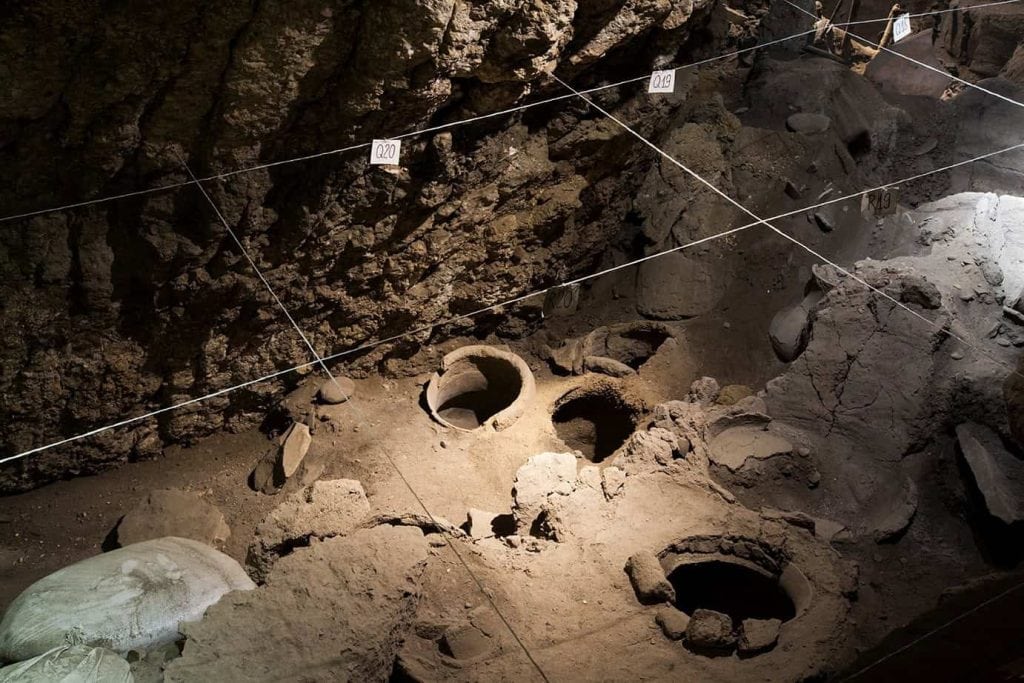
Areni cave
Small and young wineries also abound, driven by passion and a desire to reclaim a millennia-old tradition interrupted by Soviet rule (1921-1991), when Stalin prioritised Georgia for wine and Armenia for cognac and spirits. At that time, much of the country’s native grape heritage was uprooted to make way for Kangoun, a white grape variety.
Today, 31 grape varieties are vinified, including the red Areni and white Voskehat, along with others with challenging names like Haghtanak, Khndoghni, and Khatoun Kharji. These varieties provide fertile material for wineries like Trinity, a boutique winery founded in 2016. Trinity produces 100,000 bottles annually, half of which are for vignerons without their own equipment, and a few thousand amphora-aged wines made without added yeast.
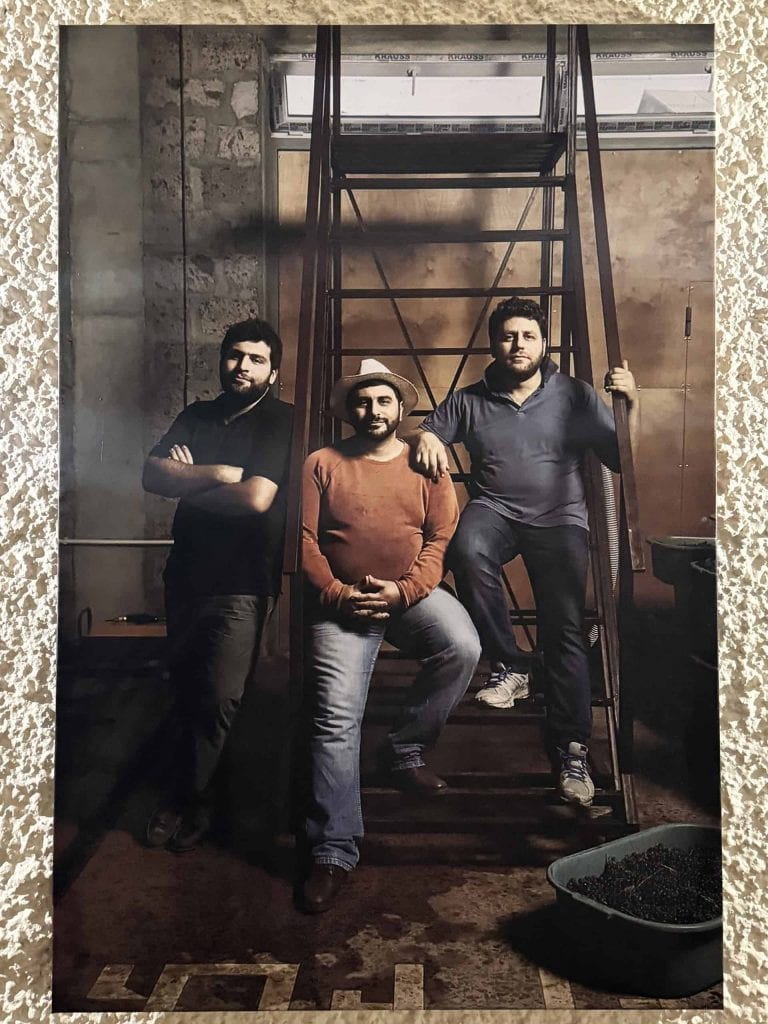
Hrachya, Samvel and Aram Machanyan
Oenologist Artem Parseghyan “enjoys” exposing the wines to classical and spiritual music during maturation, and rock or Pink Floyd during fermentation. The trend of indigenous and natural wines is also embraced by Alluria Wines, founded by brothers Hrachya, Samvel, and Aram Machanyan. The trio previously worked in different industries but turned to wine in 2017 after visiting their grandfather’s vineyard in Eastern Turkey, lost during the ethnic cleansing of 1915-16. Today, they produce 42,000 bottles annually, including a red wine from Khndoghni grapes grown in Nagorno-Karabakh, whose name ironically means “let there be joy.”
However, the conflict with Azerbaijan has ended with 120,000 refugees fleeing the last contested territories by September 2023. Among those displaced is Grigori Avetissyan, a winemaker-combatant whose vineyards in Nagorno-Karabakh were destroyed. Now based in Armenia with Kataro Wine, he has received videos from Azeris showing vandalism of his tanks and barrels. Wine, it seems, remains a truly Christian drink.

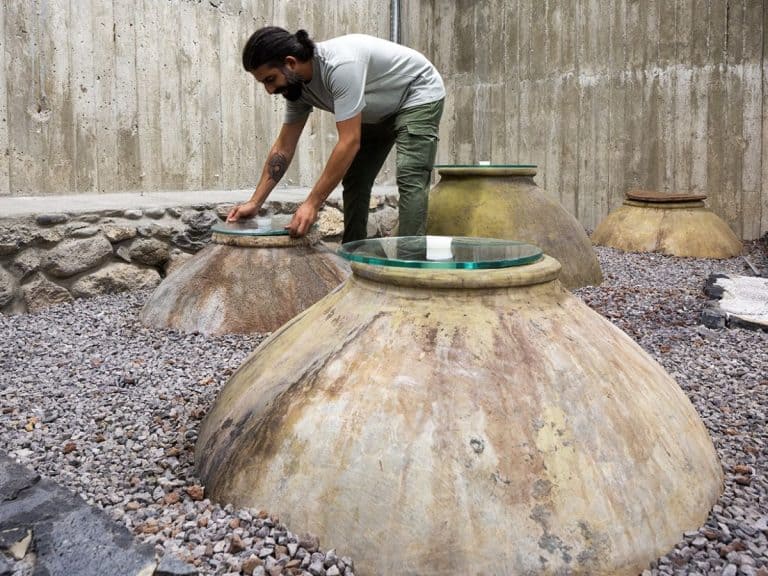
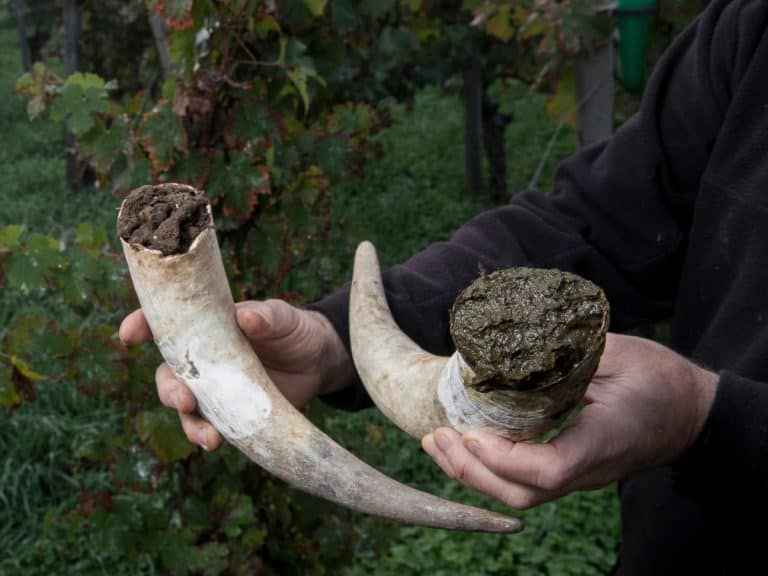 "Biodynamic preparations ave no effect on viticulture": The shocking conclusions of a Swiss study
"Biodynamic preparations ave no effect on viticulture": The shocking conclusions of a Swiss study Ten last-Minute Christmas gift ideas for a wine nerd
Ten last-Minute Christmas gift ideas for a wine nerd Food and wine tourism generates €40 Billion in revenue: Tuscany, Emilia-Romagna, and Puglia take the podium
Food and wine tourism generates €40 Billion in revenue: Tuscany, Emilia-Romagna, and Puglia take the podium "Non-alcoholic wine shouldn’t be demonised: it’s in everyone’s interest that it’s not just a passing trend". Piero Antinori opens the door to the category
"Non-alcoholic wine shouldn’t be demonised: it’s in everyone’s interest that it’s not just a passing trend". Piero Antinori opens the door to the category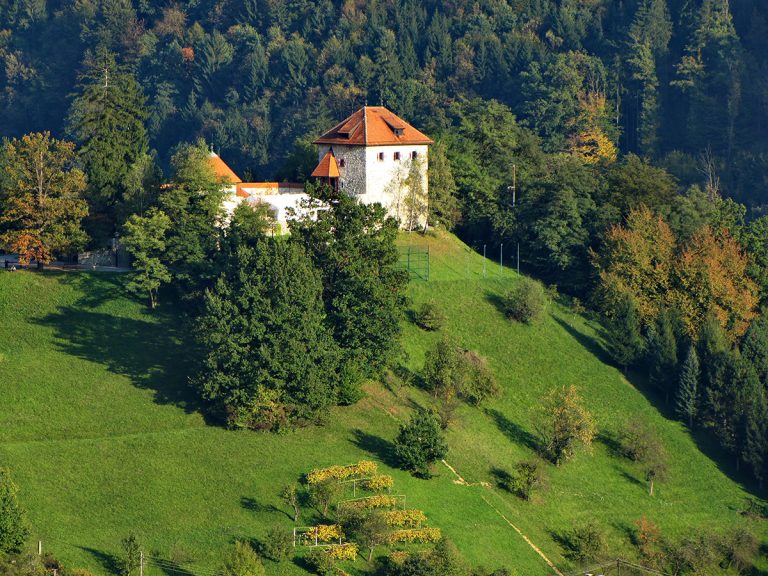 The Slovenian chef passionate about foraging who cooks in a remote castle
The Slovenian chef passionate about foraging who cooks in a remote castle
